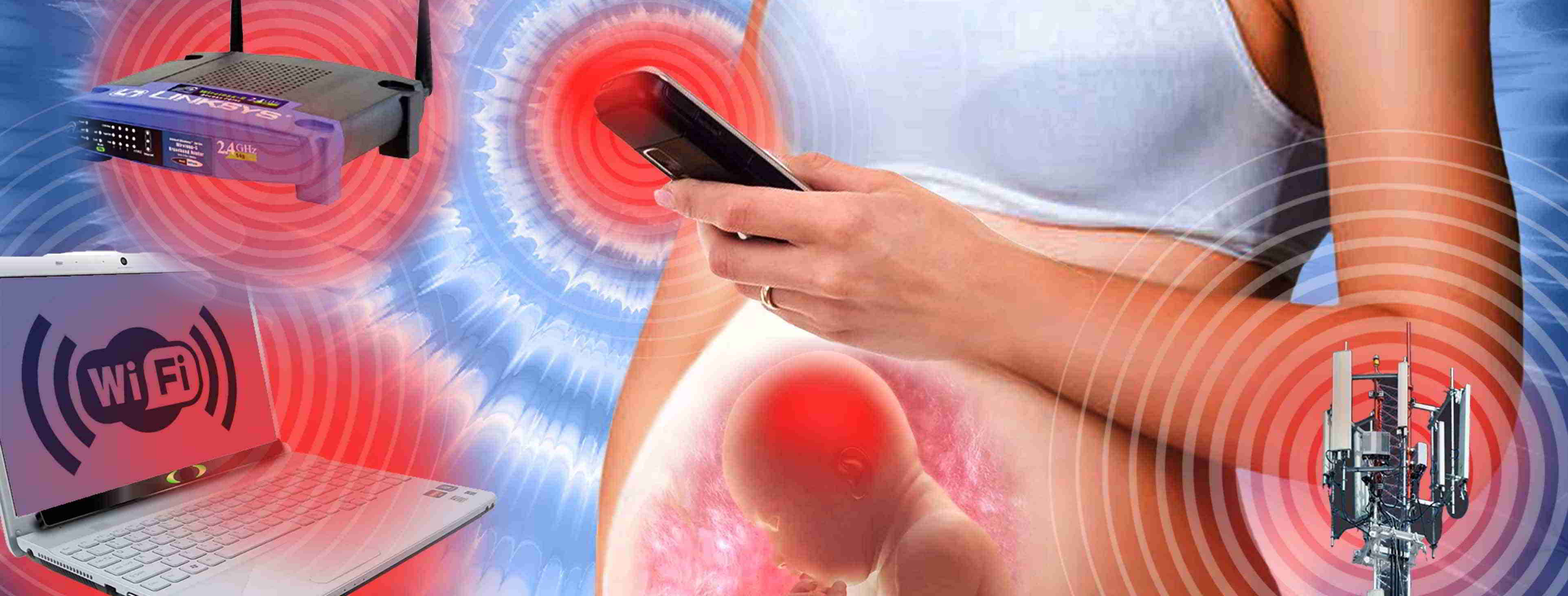Source Article Enough of the 5G Hype https://www.eff.org/deeplinks/2019/02/enough-5g-hype
Wireless carriers are working hard to talk up 5G (Fifth Generation) wireless as the future of broadband. But don’t be fooled—they are only trying to focus our attention on 5G to try to distract us from their willful failure to invest in a proven ultrafast option for many Americans: fiber to the home, or FTTH.
A recent FCC report on competition found that the future of high-speed broadband for most Americans will be a cable monopoly. Without a plan to promote fiber to the home, that’s not likely to change. In fact, because the 5G upgrade relies on fiber infrastructure, even 5G will be possibly limited to areas that already have FTTH – meaning, they already have a competitive landscape and, therefore, better service. The rest of us get monopolistic slow lanes.
Regulators and policymakers focusing only on 5G wireless are setting us up to fail. Only aggressive promotion of competitive high-speed wireline infrastructure can ensure that the 68 million Americans that currently have access to only one high-speed ISP will have options (and, in turn, the ability to vote with their wallets if service is slow), and that the 19 million Americans with no access at all can leapfrog into the 21st century of broadband access.
So here’s a better idea: ignore the 5G hype and focus instead on why large corporations such as Google, AT&T, and Verizon are content with abandoning fiber to the home.
Let’s break it down.
What Will 5G Do?
Fifth Generation (5G) wireless represents a more efficient way to manage wireless services through “network slicing,” which prevents multiple wireless networks from interfering with each other. Under previous wireless specifications, operators generally competed for the same network resources, but “slices” can operate as their own independent networks without cannibalizing one another. This allows for tailored wireless services for the Internet of Things, autonomous vehicles, broadband Internet access, and other services that have different needs.
Wireless carriers can deliver 5G services in basically two ways. Moderate speeds with lots of coverage or high-speeds with very limited range (around 1000 feet from the tower). The 5G services most often touted by industry are the limited range high-speed type, which will exist where fiber wireline infrastructure is present.
What Is 5G Not Going to Do?
Without a comprehensive plan for fiber infrastructure, 5G will not revolutionize Internet access or speeds for rural customers. So anytime the industry is asserting that 5G will revolutionize rural broadband access, they are more than just hyping it, they are just plainly misleading people. It will also not provide “fiber-like capabilities,” no matter what was asserted by T-Mobile before the Senate Judiciary Committee as grounds to justify its merger. While a 100 Mbps (essentially 4G LTE speed) is nice, it is nothing compared to the 10-gigabit fiber networks that exist today (and were rolled out three years ago by a local government in Tennessee).
5G will also not be competitive with wireline Internet services. In the early Verizon home 5G broadband test cities, where the connections were marketed as faster than your cable broadband, it turned out that speeds average around 300 Mbps with some peaking to gigabit speeds. By comparison, cable networks had already deployed gigabit download networks earlier in 2018 and have plans to upgrade 10-gigabit networks (which they comically call 10G, because why not). In other words, 5G’s peak speeds match broadband speeds that are already in the process of being topped.
Ignore the Hype and Ask Why We Are Falling Behind
Ultimately though, all this hype over 5G networks by these large companies has done little to answer fundamental questions in the U.S. broadband market: why are the largest ISPs not aggressively deploying fiber to the home despite its proven track record of profits and success? How is it that the United States, as the FCC has recently acknowledged, starting to slow down on fiber to the home, whereas the rest of the world moving is faster? Fiber to the home is cheap to upgrade to even higher speeds once it is laid, making it an infrastructure investment that will be good for decades to come. And its top speeds are already dwarfing even the loftiest 5G hyped assertions.
However, as long as policymakers and regulators at the state and federal level remain distracted and even willfully promote 5G hype, we will not see any remedy for the high-speed competition problems in America right now. The end result is we will be stuck with slower, more expensive, and not universally accessible high-speed broadband.
